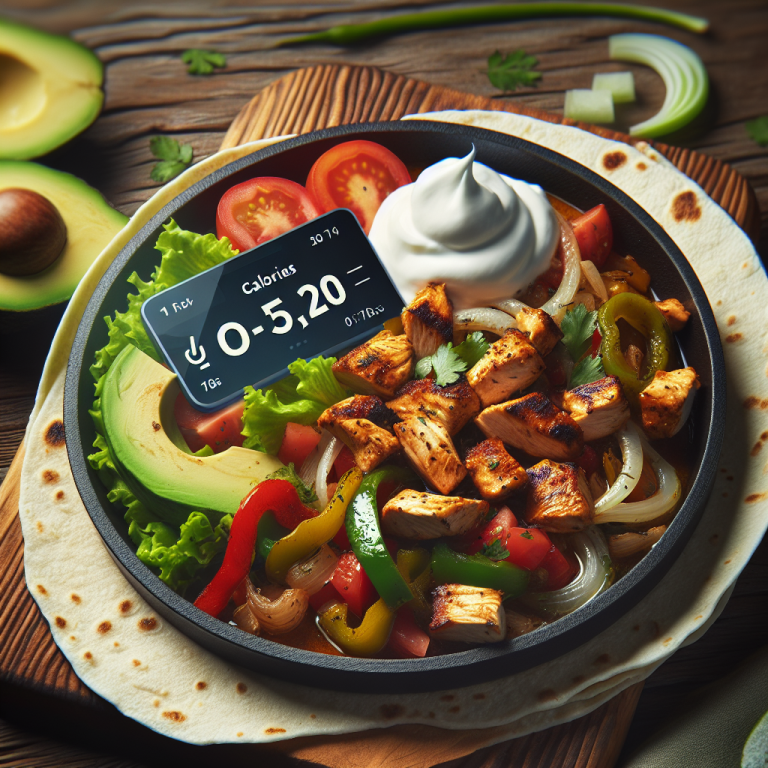McDonaldʼs Calories In A Milkshake From Mcdonaldʼs
Craving a creamy indulgence? McDonald’s milkshakes offer that delightful treat. But what exactly is in a milkshake from McDonald’s, and how does it fit into your daily nutritional needs? Whether you’re a fan of the classic vanilla, chocolate, or strawberry, knowing the calories and macronutrient breakdown can help you make informed choices. Dive into our…
Craving a creamy indulgence? McDonald’s milkshakes offer that delightful treat. But what exactly is in a milkshake from McDonald’s, and how does it fit into your daily nutritional needs? Whether you’re a fan of the classic vanilla, chocolate, or strawberry, knowing the calories and macronutrient breakdown can help you make informed choices. Dive into our comprehensive guide on McDonald’s milkshake nutrition to discover its delicious yet nutritional aspects.
Nutrition Facts
Serving Size 1 large milkshake (500g)
Amount Per Serving
Calories
800
| Total Fat | 22.00 g | 28% |
| Saturated Fat | 14.00 g | 70% |
| Trans Fat | 1.00 g | 5% |
| Cholesterol | 95 mg | 32% |
| Sodium | 290 mg | 13% |
| Total Carbohydrate | 119.00 g | 43% |
| Dietary Fiber | 0 g | 0% |
| Total Sugars | 97.00 g | – |
| Protein | 19.00 g | 38% |
| Vitamin D | – | 0% |
| Calcium | 600 mg | 46% |
| Iron | 0.7 mg | 4% |
| Potassium | 750 mg | 16% |
* The % Daily Value (DV) tells you how much a nutrient in a serving of food contributes to a daily diet.
2,000 calories a day is used for general nutrition advice.
Nutrient Distribution
Calorie Burn Time
How long would it take to burn off total calories from 100g of McDonald’s milkshake?
FAQs
Verdict
McDonald’s milkshake, with its rich and creamy texture, provides a significant amount of calories and nutrients, making it a satisfying treat. It’s important to enjoy it in moderation, considering its high sugar and fat content. While it offers a good source of calcium and protein, balancing it with other nutrient-dense foods is key to maintaining a healthy diet. Treat yourself occasionally while keeping a balanced nutrition plan in mind.


